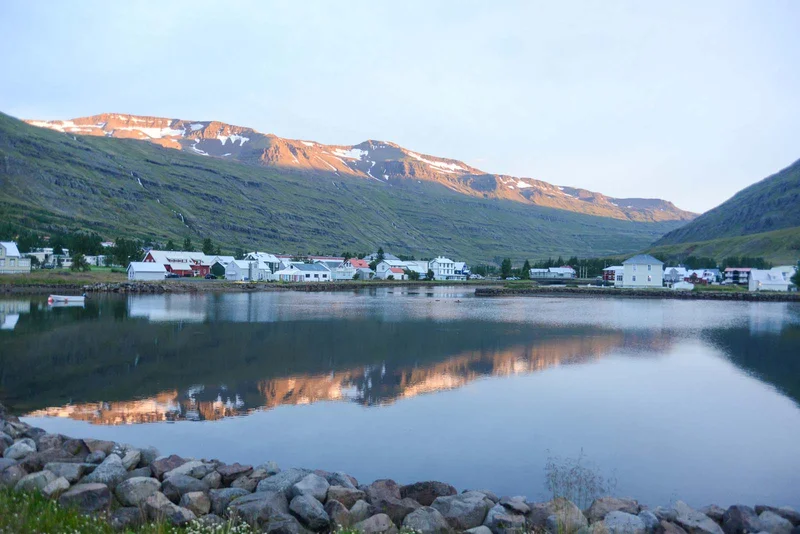
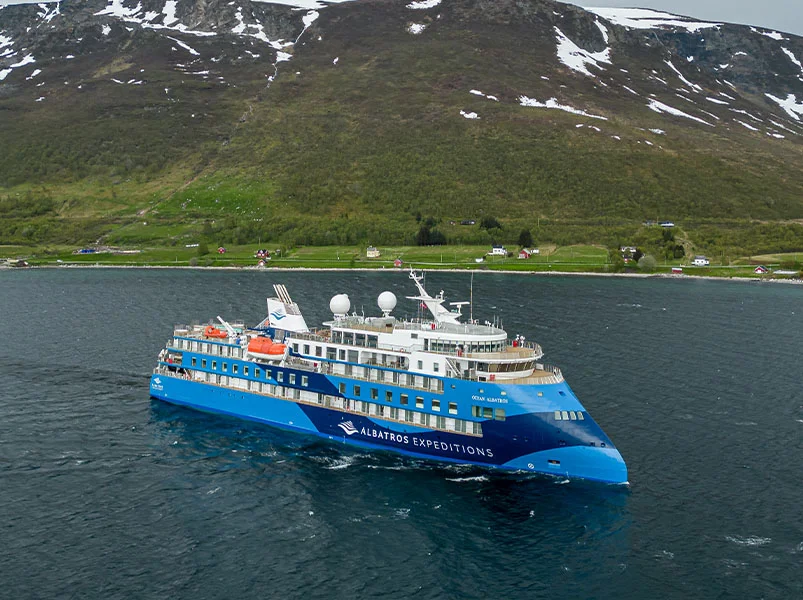
12 Day Artic Itinerary
Day 1: Aberdeen, Scotland - Begin Your Adventure Here
The journey starts in Aberdeen, Scotland’s Granite City. Aberdeen has a rich and long history. It is also one of the richest cities in the UK. Modern Aberdeen grew from a long and rich tradition of fishing and shipbuilding. It is now the UK's largest port for the oil and natural gas industries. Its glittering, granite-clad buildings are a testament to the power and prestige of the economic center in northern Scotland.
The expedition ship awaits our guests in the bustling city harbour. Our comfortable rooms are ready to greet them. Your floating home will depart Aberdeen after our safety briefings, lifeboat drills, and set sail for the Isles of Shetland.
Day 2: Lerwick, Shetland, Scotland
The expedition ship arrives at Lerwick, on Shetland's mainland in the early morning of day two. Shetland comprises over 100 islands of which 16 are permanently inhabited. These islands are located in the north-most region of the United Kingdom. They are approximately 300 kilometers from the Scottish mainland.
Shetland's history dates back to Neolithic times. The Norn language, which is derived from Old Norse, was used on the islands up until 1850s. This gave placenames and dialects of Shetland a Viking flavour. Norse influences are evident in Shetland, including the Shetland Flag and the Up Helly Aa Fire Festival held each year during midwinter. Lerwick, a modern, prosperous town that thrives from the green energy, oil and gas industries and tourism, is an energetic, vibrant place. Take a walk down the high street lined with local shops, visit the Shetland Archives and Museum, and immerse yourself into history.
This day, you can choose to take a coach tour of Shetland's highlights.
Day 3: Vágur, Faroe Islands
Vagur, a tiny village located on Suduroy Island in the Faroe Islands' southernmost part, is known for its windy climate. Suduroy is one of the larger and most isolated islands within the archipelago. Locals from Suduroy are well-known for their unique language dialect and history. They also have a practical, no-nonsense approach. This village has a Faroese feel, with its colourful houses and clapboards clustered together around the harbour. The harbour is located at the end if a protected fjord, backed by layers of basalt.
In 1350 the village of Vagur was first mentioned in Norse literature, where it is said that there were several dogs in the region and their owners. Since then, the village is a center for Faroese fishing. It was also the place where Nolsoyar Pall built the first Faroese vessel in decades, challenging the Danish trade monopoly.
Vagur is surrounded by some of the most stunning nature in the Faroe Islands, and offers a variety of ways to experience this wild side. Vagur's large lake Vatnid is a great place to observe the Faroe Islands' birdlife. The nearby coast of Vagseidid offers more opportunities to learn about fishing and birdwatching. Vagur is the starting point for a number of hiking routes, such as the Eggjarnar trail, which offers a spectacular view of Suduroy's dramatic west coast, exposed to North Atlantic storms. There are also several museums in the town, which include works by local artist Ruth Smith.
Day 4: Tórshavn, Faroe Islands
Early in the morning, we arrive at Torshavn. It is one of the world's smallest capitals, and it rules the eighteen scattered islands that comprise the Faroes. The Faroe Islands, an autonomous nation within Denmark's Kingdom, are located roughly in the middle of Norway, Iceland, and Scotland. The name 'Foroyar,' as the Faroe Islands are known locally, is an abbreviation of Old Norse meaning roughly 'Sheep Islands.' This hints at the long-standing sheep farming traditions and Norse heritage on the islands. Local Faroese is related to Icelandic, Old Norse and the Norn languages once spoken by Shetland or Orkney.
The Faroe Islands, while not as cold or as isolated as Iceland are still known for having challenging weather. This is mainly due to the fact that they're located in the North Atlantic. Here, the frigid ocean rules the day, with four seasons occurring in one single hour (or day). It is common to experience four seasons in one day (or even an hour!) The northerly position of the island creates the long, light days that are perfect for exploration.
Torshavn, or 'Havn as locals refer to it - is a town with a rich history. It's centred on the historic grass-roofed Parliament of Tinganes - one of the oldest parliaments in the world. Torshavn, originally a Norwegian trading post operated by the Danish Crown as a monopoly, was declared a town by 1866. It has since been the capital for the Faroe Islands. After the Second World War's British occupation, an extremely close-fought referendum nearly led to Faroese Independence. The islands then gained autonomy.
The Faroes operate as their own country today, with the exception of foreign affairs, defense and police (which is handled by Denmark). Torshavn, however, remains a bustling modern city. Listasvn foroya Art Museum offers a glimpse into Faroese Culture. Shop for cozy woolen items in one of the many city boutiques. The Nordic House Cultural Centre is a stunning architectural wonder that allows you to explore the Old Faroes or New Foroes. You can also relax on the sunny terrace of Bryggjubakki, the waterfront area modeled after Copenhagen's famed Nyhavn. Enjoy a local seafood meal with views of Tinganes and a crisp beer.
This day, you can choose to take a coach tour of the Faroe Islands.
Day 5: At Sea, En Route to Jan Mayen
The expedition ship leaves the Faroe Islands and spends a day on the sea before reaching Jan Mayen. This isolated volcano island is roughly located between Greenland Svalbard, Iceland. The warmer waters from the Atlantic meet the colder ones of East Greenland to create murky fog. The mixing of currents creates rich water that nourishes the local wildlife - from vast shoals herring, which are important for towns such as Torshavn to whales, which become more frequent when we reach the coast of Jan Mayen.
The days at sea will never be boring. Our guests will enjoy a wide range of onboard activities that engage their mind, body and spirit. You can join your Expedition Team lecturer in the Theatre for specially-crafted talks on local history and culture, as well as wildlife, geology and other topics. Or, you can relax with a relaxing massage at the Albatros Polar Spa or watch seabirds glide along the ship while the expedition ship crosses the Arctic Circle.
Day 6: Jan Mayen
Only 18 people live on the island, including scientists who run the station's meteorological department and Norwegian military personnel. Landing on such a remote island is difficult due to the strong winds and swell. We will attempt to land at the narrowest point of the island from the south or the north depending on wind and waves. It is easy to see the volcanic origins of Jan Mayen with its cinder cones and lava flows, as well as Beerenberg's Mount Fuji like appearance. The extreme environment of Jan Mayen is characterized by creeping plants, squabbling birds and the barren rock.
Day 7 & 8: At Sea, En Route to Svalbard
We set out from Jan Mayen on a course to the northeast, heading for Svalbard, which is a group of high Arctic islands. Svalbard, located approximately 800km North of the Norwegian mainland is remote and extremely isolated. Longyearbyen the "capital" of the islands, lies just 1200km away from the North Pole. This distance puts it 800km closer to Oslo.
Svalbard can only be reached by a vessel that is capable of handling the ice and rough seas in this northerly region. West Ice is a large expanse of sea ice that hugs East Greenland's coast and sometimes drifts across the Greenland Sea towards Svalbard, even during summer. The expedition ship is rated Ice Class 1A and Polar Code 6 which makes her suitable for most Arctic ice except the thickest. The unique XBow design also enhances stability on rough waters.
As we near Svalbard, keep your binoculars handy. The islands of Svalbard are home to a variety of wildlife. As we move northwards so too do whales, birds, and seals that live in and around the archipelago. We can expect wildlife concentrations to grow as we near Svalbard. On our second day at sea as we approach the continental shelf off Svalbard, watch out for seabirds that come to feed from the plankton. Whales that were hunted down to almost extinction in the past for their oily fat are making a dramatic comeback. They can be seen occasionally off the coast of Svalbard during the summer.
Day 9: Kongsfjorden Region
What is the night when the sun doesn't set? Our vessel will be repositioned after passing the Prins Karls Forland saw-toothed mountain ranges and arrive in majestic Kongsfjord. This is one of the most picturesque and peaceful corners in the entire world. Surrounded by mountains and bordered by magnificent Kongsbreen Glaciers and the Three Crowns.
The small town of Ny Alesund will be our first landing. Ny-Alesund, located further north than Longyearbyen is Earth's most northern settlement, but only if you consider a collection of scientific stations and one shop that are open for just a few short hours.
The islands have been the starting point for scientific and exploratory expeditions since centuries. This proud tradition continues today. It is a spectacular setting, with scientific projects as interesting as its history. The town has been home to the Nobile and Norge, Amundsen Nansen Nordenskiold and other legends in polar exploration. These expeditions are still visible today, including the Norge's mooring mast.
Day 10: Northwestern Spitsbergen
North West Svalbard, one of Europe's largest wilderness protected areas, was designated a National Park in 1973. This area has a rich history that documents the first human settlements in Svalbard. William Barents' expedition, named after the Dutch legend who discovered the Barents Sea, was the first to arrive on the icy coasts of Svalbard. Barents noted that the sea was now safe from humans, but when he arrived in 1596 he saw the large number of seals and whales. Within a decade, English and Dutch whaling ships arrived to plunder the wildlife. This area was located at the intersection of land, water and ice and therefore, it provided the ideal location to capture the gentle giants that inhabit the oceans.
The Dutch settlement Smeerenburg is one of the sites where whale carcasses were dismembered and rendered for the oil. You can still see the foundations of buildings and blubber-ovens from the 16th century. Some sites, such as Ytre Norskoya in the nearby area, show a darker side to this mass slaughter. Hundreds of men who hoped for a better life are buried far from their homes.
All that is left of this period in history today are the bones of humans and very few remnants. The region has been slowly reclaimed and transformed by the Arctic's creeping nature. It is now an adventurers paradise. The Arctic poppy and the purple saxifrage flower despite the harsh conditions in summer. Geese and eider ducks, as well as other seabirds, return to the islands to rear their young. We can see walruses hauled on the beaches and must be vigilant for polar bears roaming this once wild area. We will keep an eye out for wildlife, including polar bears. Our Expedition Team is on constant watch and will inform you if they spot anything exciting.
Day 11: Central Spitsbergen
We will now set our course to central Spitzbergen as we depart from the northernmost part of our journey. Spitzbergen, which measures around 400km from north to southern, is the longest island in the Svalbard archipelago. Spitzbergen's entire surface is characterized by a climate of polar tundra, which includes short and cool summers, as well as long, cold, dark winters. Spitzbergen is home to Svalbard’s incredible wildlife, which can be seen throughout the island.
Our experienced Expedition Leader will guide us to the most suitable landing site, explore the area and observe wildlife. This is what an Arctic adventure is all about! We may find an especially spectacular glacier and use our Zodiac fleet to explore the hinterland, where land meets water. We may come to shore and observe a group of reindeer or seabirds. We may be fortunate enough to see a polar-bear, the king of Arctic wildlife, as we sail along the coast towards Longyearbyen, the 'capital of Svalbard'.
Day 12: Longyearbyen, Svalbard - Disembarkation
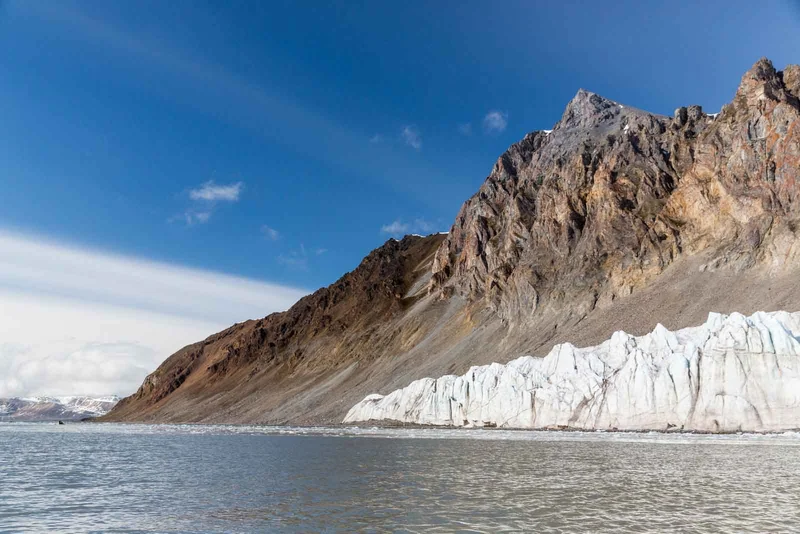
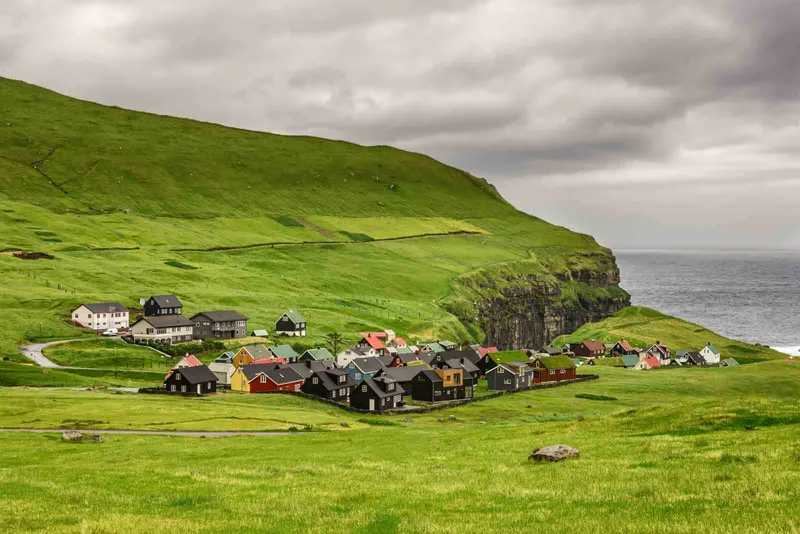


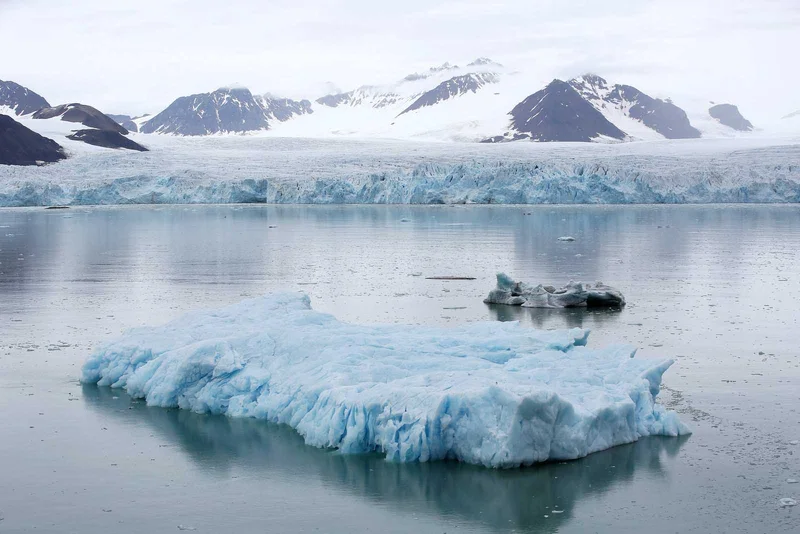
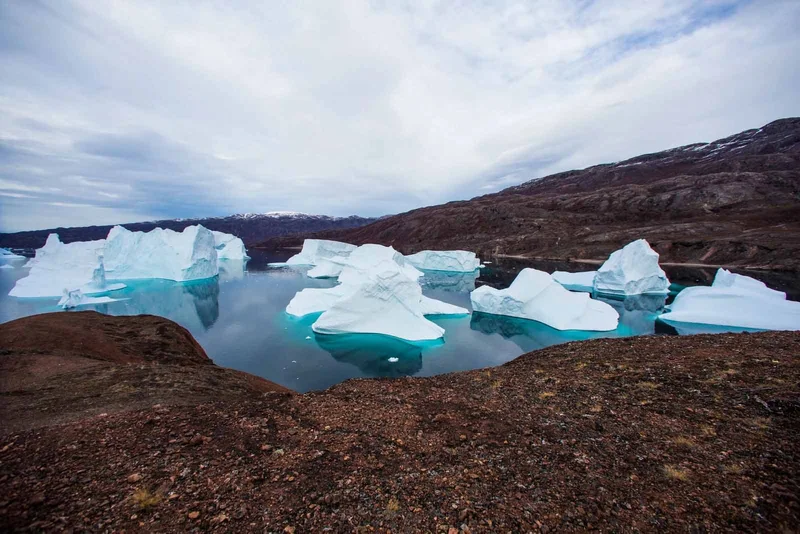
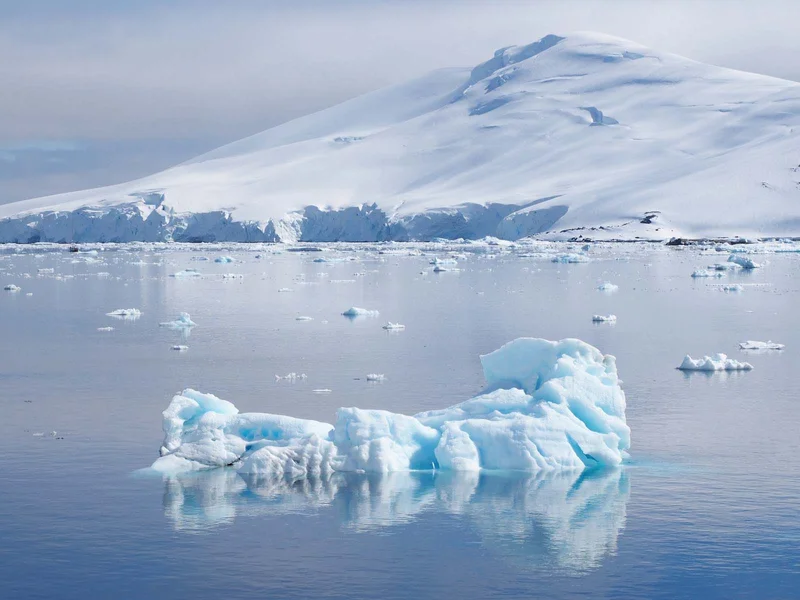

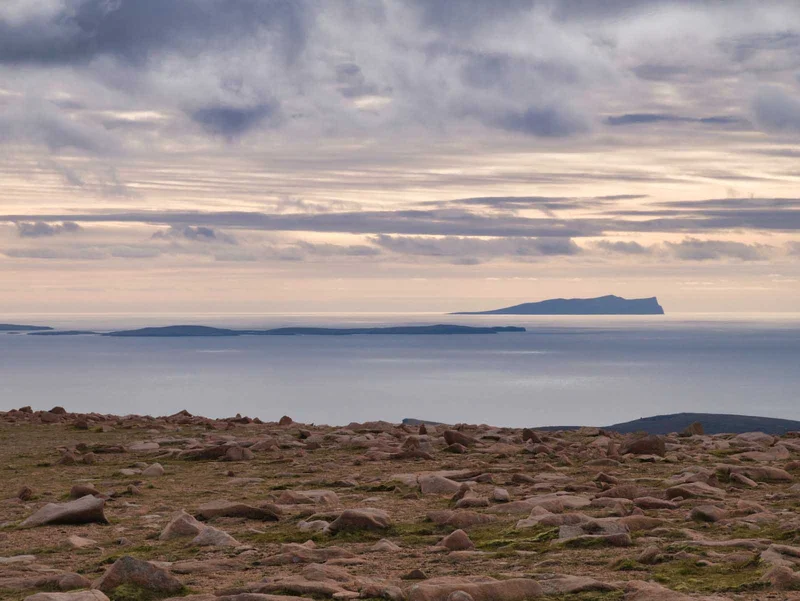
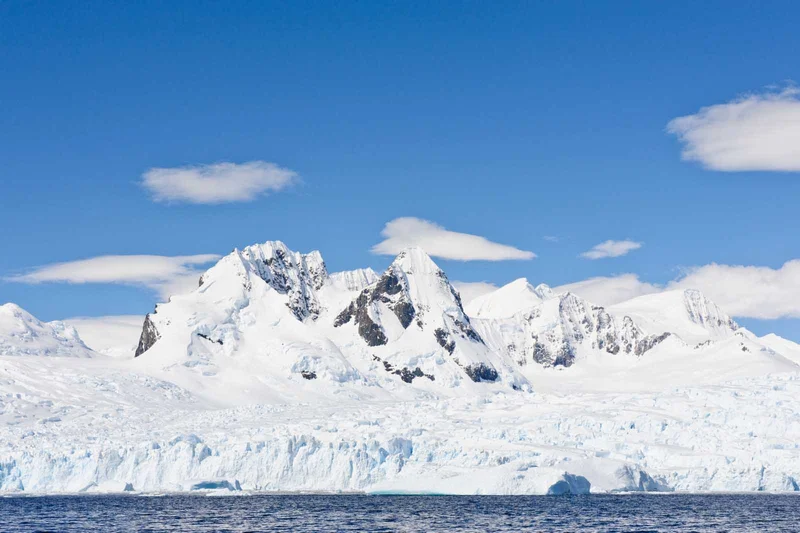

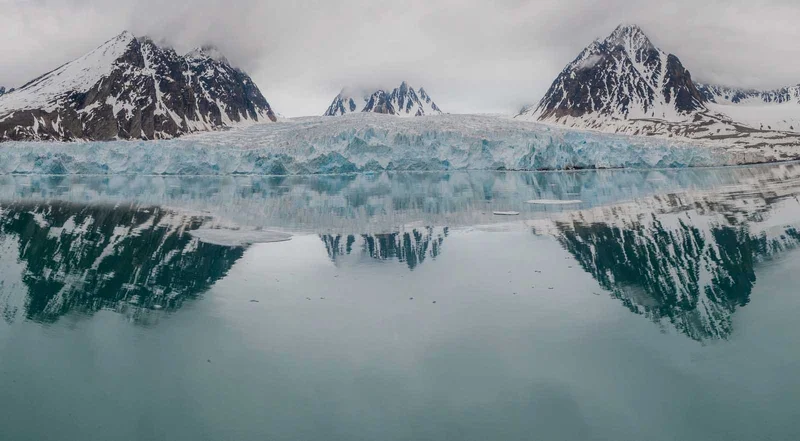
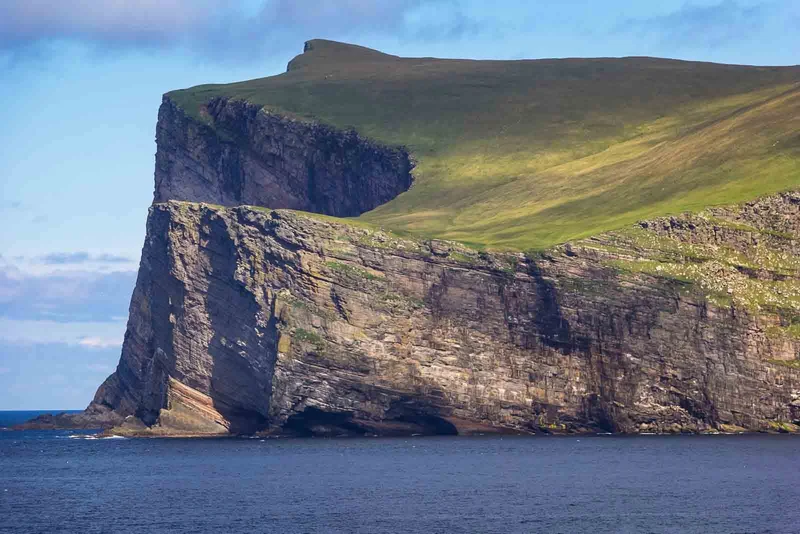


12 Day Artic Itinerary Includes
- Embarkation shuttle transfer to the vessel from Ushuaia city centre
- Shuttle transfer after disembarkation from the ship to Ushuaia city centre or airport
- All Zodiac landings and excursions, as per itinerary, guided by our Expedition Team
- Expedition parka
- Rubber boots loan scheme
- Briefings and lectures by our Expedition Leader and Team
- English-speaking Expedition Team
- Full board on the ship - breakfast, lunch, dinner and snacks
- Complimentary house wine, beer and soda at dinner (selected labels and brands, served at our a-la-carte dinners)
- Free tea and coffee available 24 hours
- Taxes and landing fees
- Special photo workshops
- Welcome and Farewell Cocktail Parties
12 Day Artic Itinerary Does not Include
- Extra excursions and activities not mentioned in the itinerary
- Single room supplement and stateroom upgrades
- Meals not on board the ship
- Beverages (other than coffee and tea)
- Tips for the crew (we recommend USD 14 per person per day)
- Personal expenses (e.g. Albatros Polar Spa services, Albatros Ocean Boutique purchases)
12 Day Artic Itinerary Highlights
- Begin your journey immersing yourself in the rich history of Lerwick, Shetland's vibrant town.
- Visit local shops, and delve into the intriguing past at the Shetland Archives and Museum.
- Delve into the charming capital of the Faroe Islands, Torshavn, steeped in Norse heritage and surrounded by stunning natural beauty.
- Witness the raw beauty of Jan Mayen, an isolated volcanic island teeming with unique wildlife and dramatic landscapes.
- Discover the opportunities to spot whales, seabirds, and reindeer, and to explore pristine landscapes by Zodiac,
Itinerary Map

12 Day Arctic cruise activities


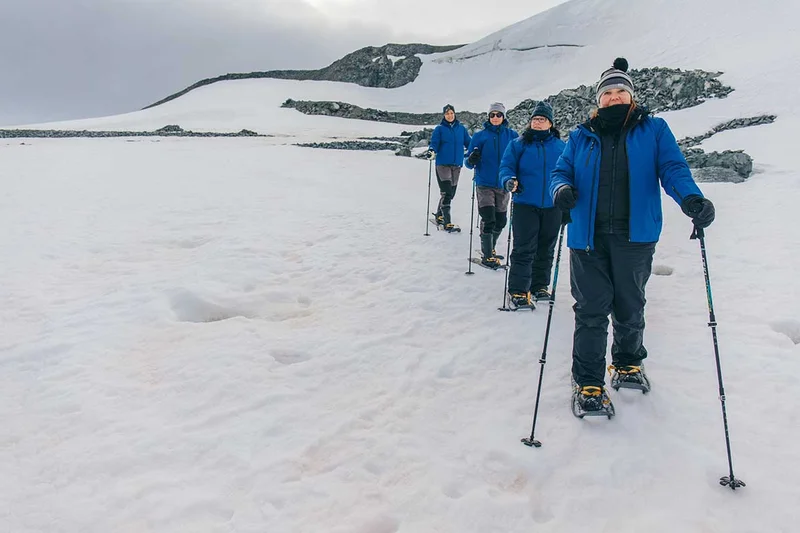
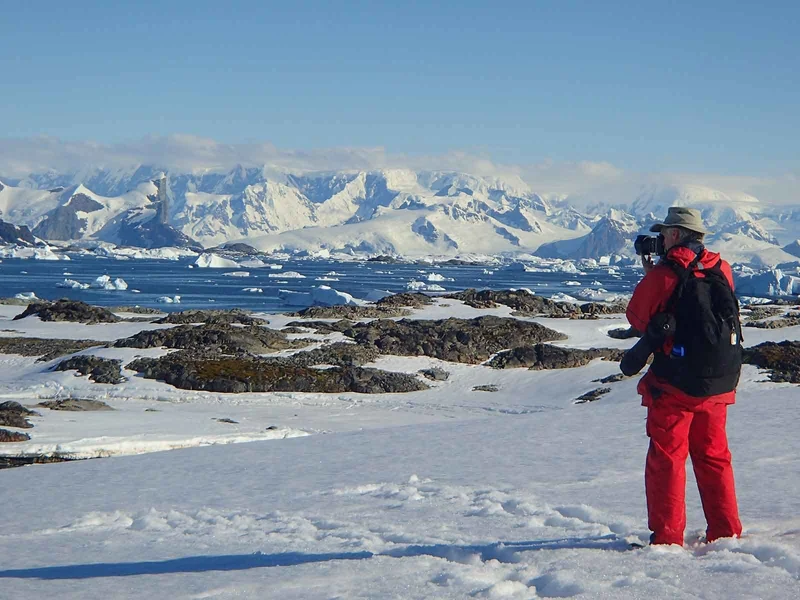
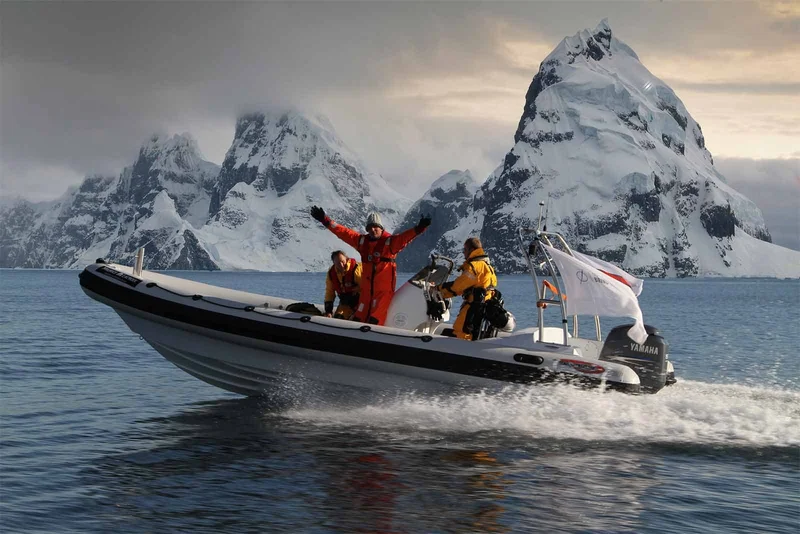

Animals you might see on this itinerary
Northern Odyssey - From Scotland to Svalbard
Why travel with us?
Would you like to know why booking with us is the best choice?
Discover the BenefitsSimilar Itineraries



